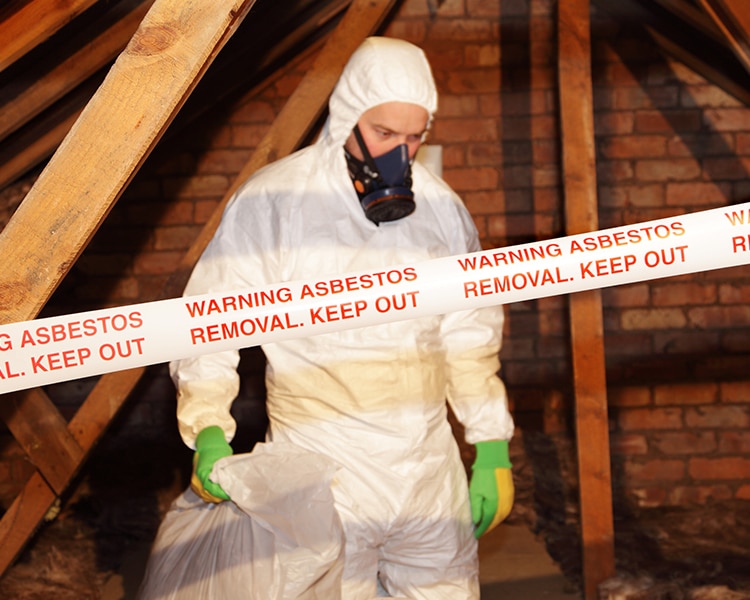
When most people think of home inspections, they think of someone who climbs up on the roof to look for damage,checks heating and AC systems for function, and looks for physical hazards on a property. However, environmental testing is becoming more important to many prospective home buyers. A home is most people’s biggest investment, and buyers want to be confident that the home itself, and the soil and air around it are not dangerous. Some licensed home inspectors perform environmental testing, and some of the most common tests requested are for radon gas, asbestos, lead, and contaminants in the water.
Radon gas is naturally occurring and forms when uranium in rocks, soil, and water breaks down. Some radon gas is normal, but levels above what the Environmental Protection Agency (EPA) deems safe should be addressed. If a radon gas test comes back positive, the EPA suggests re-testing. Some prospective homeowners have two side-by-side tests performed as part of a home inspection. Not all home inspectors are credentialed to perform radon gas testing, so ask up front when choosing a home inspector. Before testing for radon gas the home’s windows and doors should be closed for 12 or more hours before and during radon testing.

Believe it or not, not all asbestos is dangerous. When asbestos is used in materials that remain solid and aren’t prone to break down, it is not something to panic about. It’s when asbestos flakes, crumbles, or otherwise allows asbestos fibers to become airborne that it can be dangerous. Many houses built after World War II up through the 1970s were constructed using building materials containing asbestos. Some of these asbestos building materials are safer left in place while others need to be removed. Environmental testing for asbestos in the air and in degrading building materials can help homeowners or buyers understand the level of contamination and danger.
Lead was used in house paint up until 1978, but just because a home has been repainted since 1978 doesn’t mean that lead problems are gone. Lead in exterior house paint and used on fences and gates may have flaked off and fallen to the ground, contaminating soil with lead. Lead in chipping paint is a major health hazard, particularly since it has a sweet taste, which may cause toddlers and young children to put paint chips in their mouths and ingest lead. An experienced home inspector knows where common lead contamination sites in homes are and how to test for the presence of dangerous lead.
Most people who want to make an offer on a home with its own private well choose to have the water tested for pathogens and other possible hazards. However, homes with municipal water supplies can have problems with things like lead from home plumbing systems. Lead solder in home plumbing systems can be particularly problematic because the lead can work its way into the home in hot water pipes. At MD Mold Testing, we are licensed to perform a range of environmental testing procedures for homeowners and home buyers, and we serve the greater Washington DC area including Maryland, Delaware, and northern Virginia.